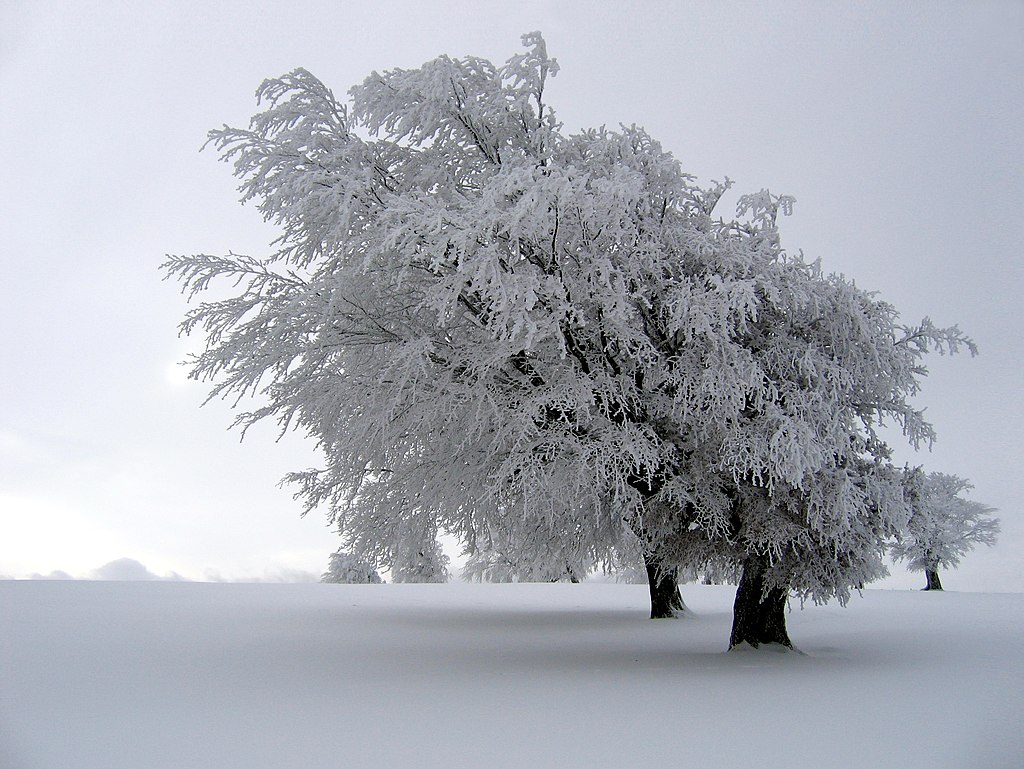During the last few days of 2022, the United States and Canada faced plunging temperatures that caused some power providers like Duke Energy to introduce rolling blackouts to avoid placing too much strain on the power grid. This left many without power on Christmas Eve, and it also called attention to the fact that something needs to be done about America’s energy production and management. Renewable green energy may be the solution during calm conditions, but is it really ready to stand up to inclement weather, winter storms and worse?
Solar Under Scrutiny
While solar has been touted as the green energy solution of choice, even solar is not without its limits and restrictions. During extremely cold temperatures, components in green energy equipment may experience problems like slow operation, feezing or fracturing. Beyond the mechanical challenges of solar in cold temperatures, the issue of ice and snow covering solar cells can lead to reduced performance. Finally, solar still has yet to overcome the need for huge on-site battery storage in order to fully take advantage of the sun’s rays.
These challenges become magnified during times of very low temperatures because of high customer demand. When a section of the power grid relies heavily on solar, what may be small issues on an individual scale can become massive problems on a larger scale. A solar farm that experiences outages due to frozen mechanical components or snow and ice covering solar cells is an issue, but when demand skyrockets as people try to heat their homes and businesses, there’s not as much power to go around. This leads to the aforementioned rationing by Duke Energy and other power providers across the country.
Traditional Fuels Won’t Save the Day Alone
Despite the fact that renewables have their own set of challenges when it comes to winter weather, traditional fuels like oil, gas and coal are not without their own challenges during times of heavy energy consumption. It’s been reported that nearly 75% of outages during the 2021 winter storm that hit Texas were the result of failures on the part of generators using traditional energy sources.
Another consideration when it comes to the use of traditional fuel sources is the cost involved. While renewable energy is able to provide power at a lower cost, traditional energy sources are more susceptible to swings in the cost of oil. In 2022, oil prices spent a significant portion of the year well above average, and the trickle-down effect this had on residential energy prices was felt by virtually everyone. During periods of peak demand like the December 2022 cold snap, there can be more demand than supply, driving costs even higher and financially burdening homeowners and business owners who need to keep the lights and heat running.
What Can Be Done to Overcome Energy Challenges?
Looking forward, it seems as though renewable energy is on the verge of achieving greater stability in terms of output, even during colder weather. One solution that has been put forth is a reworking of America’s power grid. By changing the structure of how connections interact with one another, it may be possible to route energy more efficiently from all sources. This hybrid approach would still allow the use of fossil fuels and traditional energy sources while opening up more access to renewable energy at the same time.
In addition, renewable energy technology continues to advance and become smarter. Connected technologies can provide feedback about performance, and artificial intelligence can make informed decisions about equipment operation and energy logistics. This allows energy to be taken from areas that are not using power and sending it to areas in need. Such temporary shifts in energy routing may alleviate pressure on the grid, reduce the need for measures like rolling blackouts and supply affordable, reliable energy for everyone during extreme temperatures.



